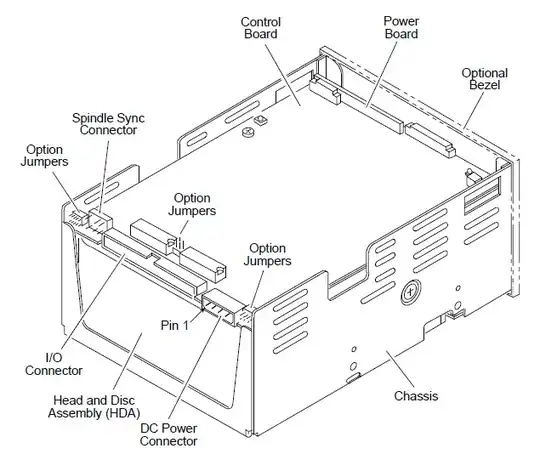Synched drives dont make sense any more for several reasons:
- Disks have bad sectors relocated at production. Disks are huge, and have a number of defects after production, which are relocated. Therefore, two disks of the same production run will not be 100% in sync anyway.
- Disks internally relocate bad sectors during use. These sectors get moved to reserved space on the disk, putting it more out of sync.
- Cache, TCQ/NCQ and relocated sectors make disk access ordering nondeterministic on the physical level. If the load is high, if one disk goes out of order, it may be a long time until it gets back in order.
- Multi-Stripe access can go over sector (or even platter) boundaries, disaligning reads anyway. If you access, say, 4x stripesize on a Raid 6, some of the stripes might be in different zones of the different disks.
- Read accesses in Raids generally do not target all disks, as long as the disks do not complain about their block checksum. This puts disks out of cache sync, and out of physical sync in consequence. (Unless you also turn off read cache)
- Read caches on the raid controller, read-write caches in the OS further complicate the matter. And I hope there is no swap space on the raid, which might thrash any performance issues anyways.
In the early days, disk synch was implemented to make access deterministic, which was important when Memory to store results was scarce, or when the implementation of the raid needed it (Raid 2, Raid 3).
It is hard to quantify the advantages of synched drives. I suppose if there was a substantial performance advantage to be gained, synch would be possible in some way.
In the future, with SSDs, the matters are similar, but for different reasons, with block relocation, wear levelling, trim, etc.
Modern drives have their own operating systems and spend time internally for a number of issues, be it HD or SSD. Even if you made them physically in sync, logically they would not be in sync anyway.
